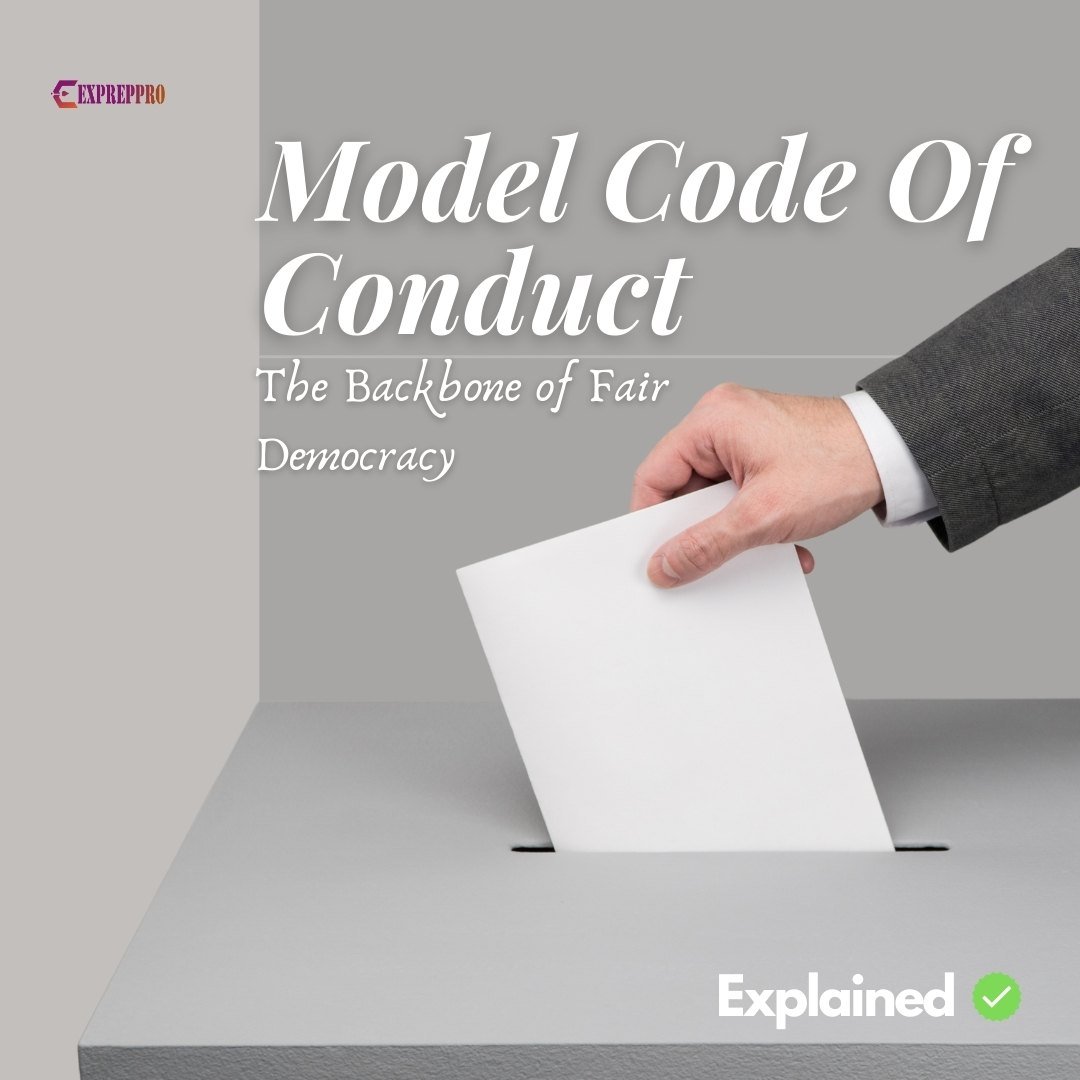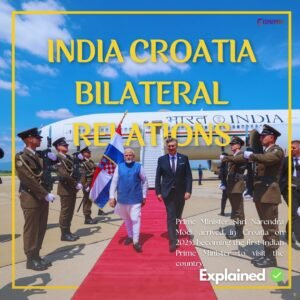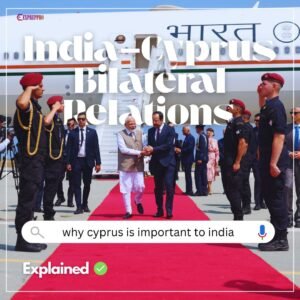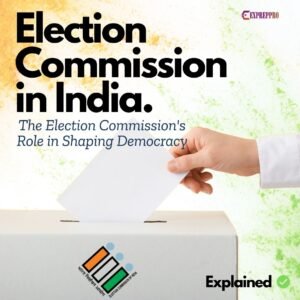
Model code of conduct (MCC) is a set of non-legally binding guidelines issued by the Election Commission of India for political parties and candidates during elections. The main intention of the model code of conduct is to create a level playing field for all parties during elections.
Model Code Of Conduct: An Introduction
The constitution mentions the election commission and its strength but leaves the burden of election laws on the parliament. For a smooth and trouble-free election, the lawmakers created the Representation of the Peoples Act 1950, the Representation of the Peoples Act 1951, the Presidential and Vice-Presidential Elections Act 1952, the Delimitation Act 1972, etc.
Apart from these above-mentioned laws, the election commission came up with a brilliant idea to enforce a set of guidelines for candidates and political parties during elections. This guideline is known as the model code of conduct.
How did the Model Code Of Conduct Evolve?
The model code of conduct was first introduced in the state of Kerala during the state assembly election of 1960.
Technically, it was a set of instructions to political parties regarding election speeches, slogans, etc.
Later, the 1962 Election Commission of India circulated these guidelines to all recognised political parties, and the state governments were requested to secure the acceptance of conduct guidelines.
Again, they used these guidelines in the 1964 Lok Sabha elections.
The code was strengthened in 1974 and thoroughly revised in 1979 after consultation with political parties.
But to this date, no law has been passed in parliament. So, in case of any violation, the matter may not be taken to court.
Is The Model Code Of Conduct Legally Binding?
The model code of conduct is not legally binding, but the election commission can invoke certain provisions from BNS and the Representation of the Peoples Act to enforce MCC.
In 2013, the standing committee on personal, public grievances, law and justice recommended making the code of conduct legally binding.
A Supreme Court ruling of 1977 clarified that the commission can regulate any grey areas not covered by the legislation. This clarification adds power to the model code of conduct.
Violation Of Model Code Of Conduct
In case of any code of conduct violation, the commission first issues a notice to the candidate, and a reply is sought. In case a non-satisfactory reply or doesn’t respond, then advisories will be issued, and finally, the election commission will file a complaint.
Now, the election commission is proactive when it comes to a code of conduct violation.
Varun Gandhi’s speech and the actions taken by the election commission are good examples of its proactive role. In the 2009 Loksabha election, he gave speeches while campaigning in Uttar Pradesh.
When the commission identified two highly communally charged speeches, the commission directed the chief election officer of Uttar Pradesh to file a criminal case under relevant sections of I.P.C and section 125 of the Representation of the Peoples Act 1951.
Significant Provisions Of Model Code Of Conduct
India’s Model Code of Conduct (MCC) has several significant provisions.
MCC contains eight parts.
- Part I deals with general conduct and stresses the importance of specific minimum standards of good manners and conduct of political parties, candidates, and their workers and supporters during the election campaigns.
- Part II deals with the holding of public meetings during the election period. The party must inform the police regarding the venue, time and other details before the meeting.
- Part II deals with processions during election time.
- Parts IV and V describe how political parties and candidates should behave on polling day.
- Part VI advises political parties and candidates to bring their complaints to the notice of the election commission’s observers.
- Part VII deals with the parties in power. For example, ministers visit, use of government vehicles, etc.
- Part VIII deals with the issue of election manifestos. This part was added in February 2014.



